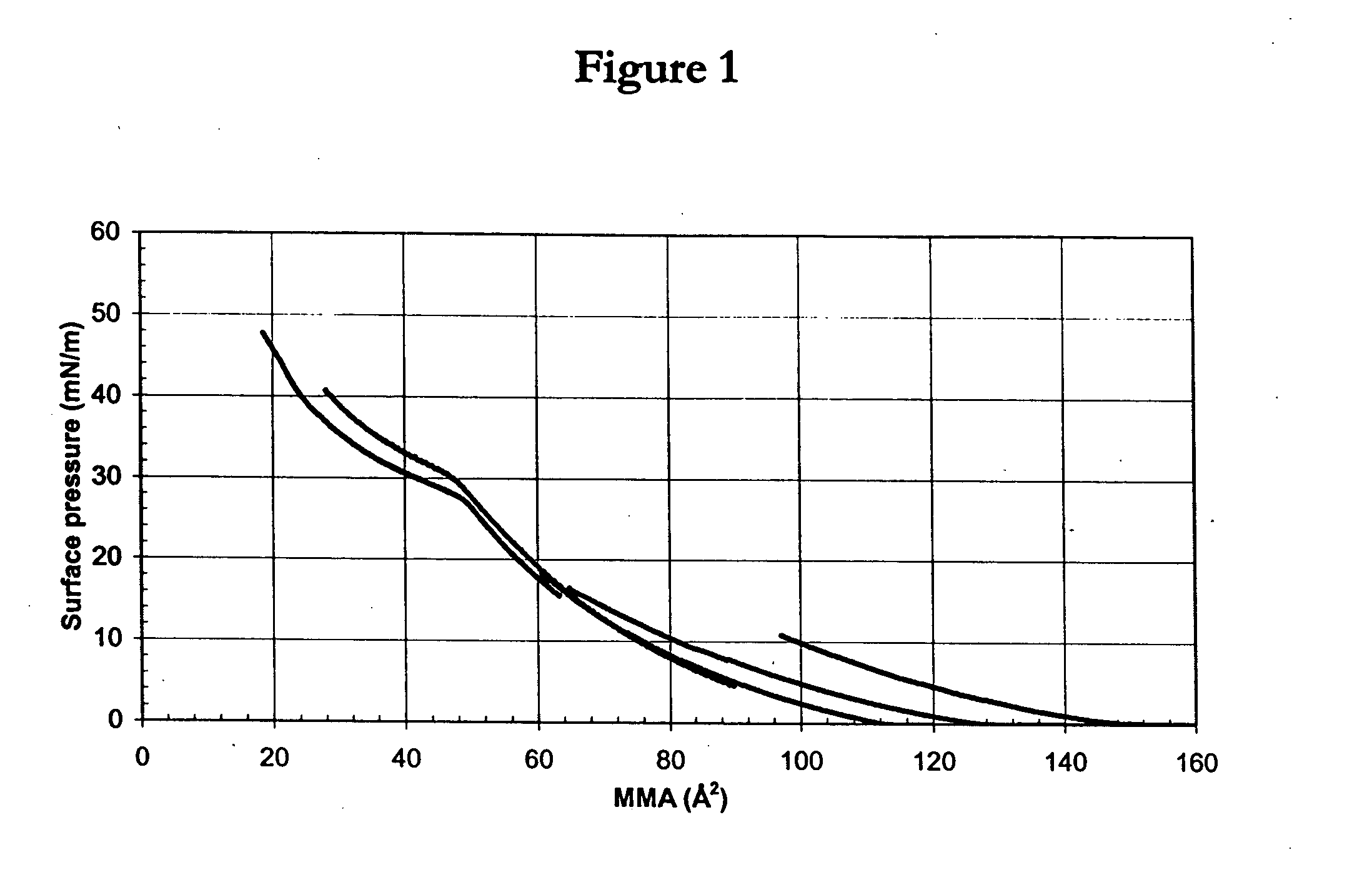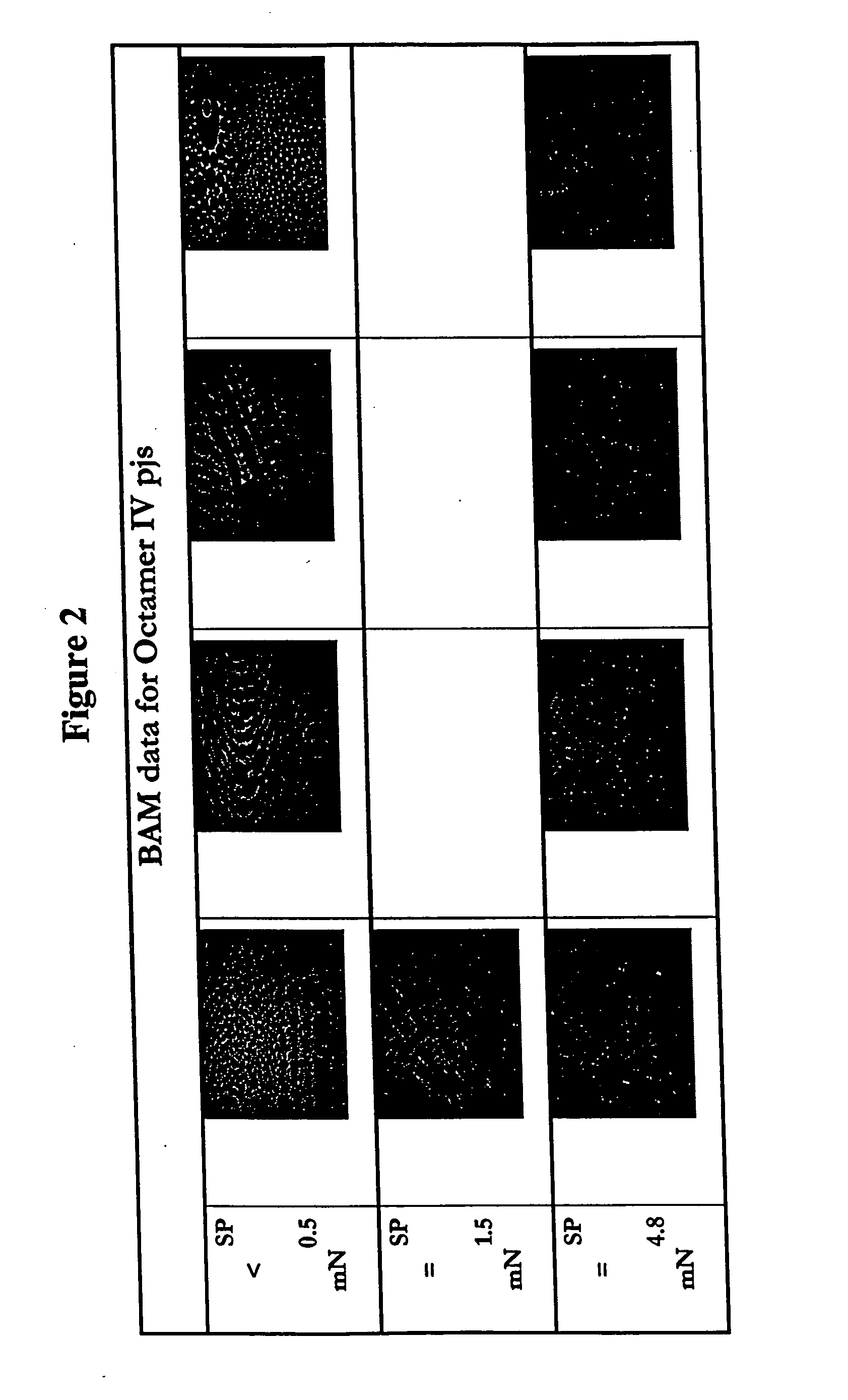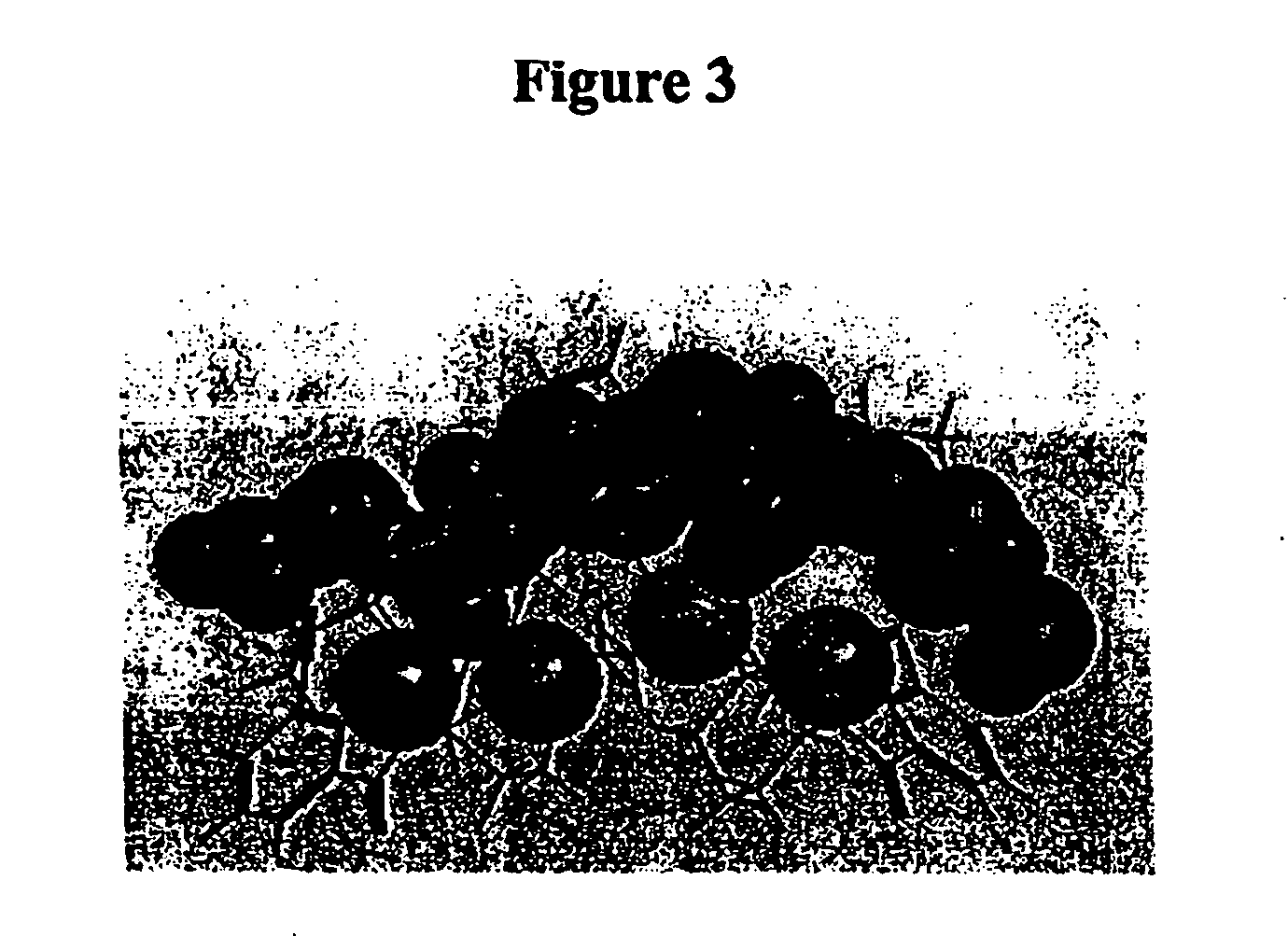Bridged macrocyclic module compositions
a macrocyclic module and composition technology, applied in the field of organic chemistry and nanotechnology, can solve the problems of narrow range of products, limited synthetic access, and inability to achieve multi-step products, and effectively limit the reaction at the atomic level
- Summary
- Abstract
- Description
- Claims
- Application Information
AI Technical Summary
Benefits of technology
Problems solved by technology
Method used
Image
Examples
example 1
[0216] Bridged macrocyclic module compound 6 was prepared as shown in Scheme 15.
[0217] Diprotected 4-methyldialdehyde phenyl (1). To a 250 mL Schlenk flask with stirbar under argon 2-hydroxy-5-methyl-1,3-benzenedicarboxaldehyde (15.2 mmol, 2.5 g) was added and the flask evacuated and backfilled with argon 3×. Anhydrous benzene (80 mL) was cannula transferred followed by stirring at ambient temperature. Next, anhydrous ethylene glycol (91.4 mmol, 5.67 g) was added via syringe under argon followed by TsOH (0.167 mmol, 0.032 g). The reaction vessel was fitted with a Dean-Stark trap and reflux condenser and the reaction refluxed for ca. 23 h. The reaction was diluted with ethyl acetate (300 mL) washed with 1M NaHCO3 (50 mL), H2O (50 mL), then brine (50 mL). The organic layer was separated and dried over Na2SO4, filtered and the solvent removed by rotovaporation. Purification by silica gel chromatography (2:1 hexane:ethyl acetate) afforded a white solid (2.34 g; 61% yield). IR (cm−1) 3...
example 2
[0223] Bridged macrocyclic module compound 12 was made according to Scheme 16.
[0224] In Scheme 16, R is —CH2CO2(CH2)15CH3.
[0225] Diprotected Dialdehyde j (7). To a 250 mL Schlenk flask with stirbar under argon dialdehyde j (2,6-diformyl-4-hexadecyl benzylphenyl carboxylate) (2.31 mmol, 1.0 g) was added, and the flask evacuated and backfilled with argon 3×. Anhydrous benzene (100 mL) was cannula transferred, followed by stirring at ambient temperature. Next, anhydrous ethylene glycol (30.48 mmol, 1.9 g) was added via syringe under argon followed by TsOH (0.089 mmol, 0.017 g). The reaction vessel was fitted with a Dean-Stark trap and reflux condenser and the reaction refluxed for ca. 23 h. The reaction was complete as assessed by TLC (Rf=0.63, 1:1 hexane:ethyl acetate, KMnO4 stain). Purification by silica gel chromatography (2:1 hexane:ethyl acetate) afforded a white solid (0.770 g; 64% yield). IR (cm−1) 3389, 2917, 2850, 1729, 1627, 1615 1H NMR (400 MHz, CDCl3) a 8.19 (s, 1H, OH),...
example 3
[0231] Bridged macrocyclic module compound 13 is prepared according to a stepwise synthesis method as shown in Scheme 17.
PUM
| Property | Measurement | Unit |
|---|---|---|
| thickness | aaaaa | aaaaa |
| thickness | aaaaa | aaaaa |
| molecular weight cut-off | aaaaa | aaaaa |
Abstract
Description
Claims
Application Information
 Login to View More
Login to View More - R&D
- Intellectual Property
- Life Sciences
- Materials
- Tech Scout
- Unparalleled Data Quality
- Higher Quality Content
- 60% Fewer Hallucinations
Browse by: Latest US Patents, China's latest patents, Technical Efficacy Thesaurus, Application Domain, Technology Topic, Popular Technical Reports.
© 2025 PatSnap. All rights reserved.Legal|Privacy policy|Modern Slavery Act Transparency Statement|Sitemap|About US| Contact US: help@patsnap.com



